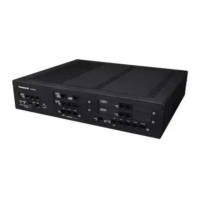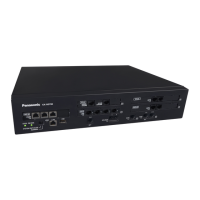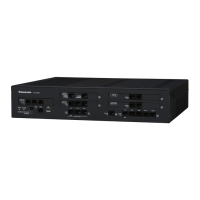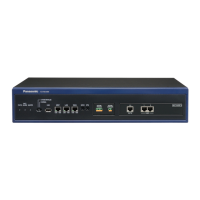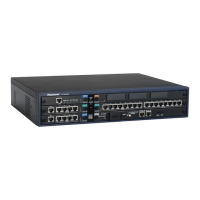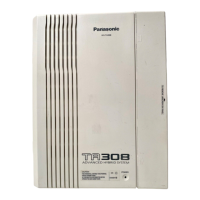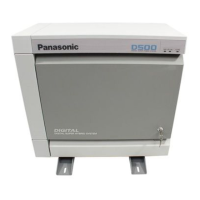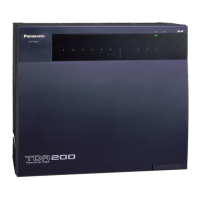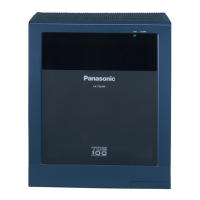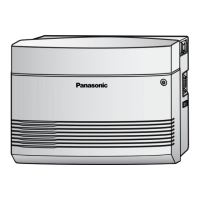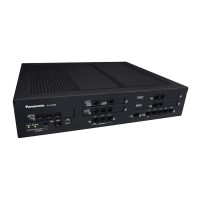
 Loading...
Loading...






Do you have a question about the Panasonic KX-NS500 and is the answer not in the manual?
| Analog Extensions | Up to 64 |
|---|---|
| VoIP Support | Yes |
| System Type | Hybrid IP-PBX |
| Power Supply | AC 100-240V, 50/60Hz |
| Operating Temperature | 0°C to 40°C |
| Humidity | 10% to 90% (non-condensing) |
| Maximum Extensions | 288 |
| IP Extensions | 128 |
| VoIP Channels | 64 |
| SIP Trunks | 64 |
| Networking | Yes, supports networking |
| Built-in Applications | Call Center |
| Expandability | Yes, via expansion cards and cabinets |
| Supported Protocols | SIP, H.323, MGCP |
| Dimensions | 430 x 88 x 367 mm |
